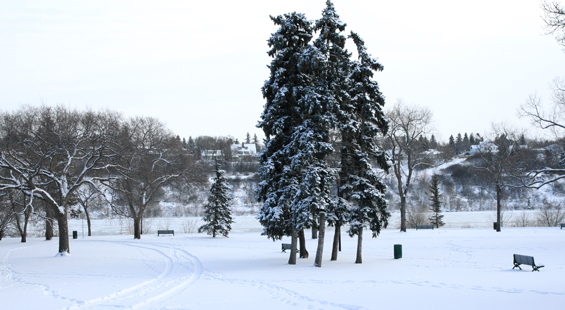
NFB Tour: Saskatoon
NFB Tour: Saskatoon
There was something wrong with the plane we were supposed to take to Saskatoon, so our pre-dawn flight turned out being a somewhat civilized mid-morning flight, except we’d all gotten up at 4 AM anyway. Some mechanical part had to be flown in from Calgary, the airline people said, so we all had ample time to get familiar with the Edmonton International Airport (Your Gateway to the North!), and with the inside of our CRJ regional jet, by the time the piece was installed and tested, and the plane was de-iced.
We rolled into Saskatoon at lunchtime. I’d been fantasizing about perogies since about the second time we boarded the plane, back in Alberta, so I dropped mybags at the hotel and jumped in a cab to Baba’s Perogies – a woman on a mission, with no time to lose.
The taxicab driver said I was lucky he knew where it was because most of the city’s drivers would have no clue. “I get take-out perogies for lunch there sometimes,” he said, looking at me through the rear-view mirror with the air of someone sharing state secret. “
The hype, once I sank my teeth into some of Baba’s cheddar and potato perogies, was all real. In the little eat-in area at the front of the room, I had the best borscht I’ve ever eaten (no joke) a pile of perogies made even more decadent by thick ribbons of sour cream, bacon bits and fried onions, and delicate cabbage rolls served in little puddles of tomato sauce. Ooh. La. La.
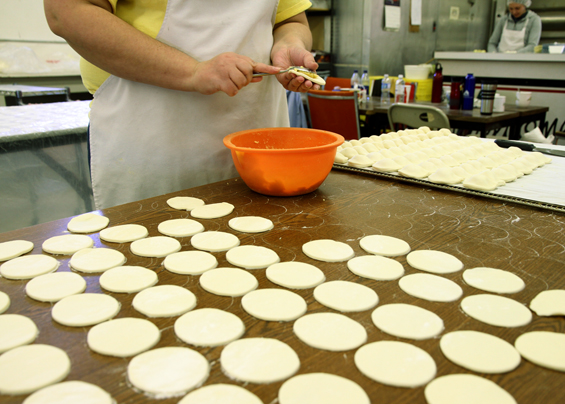
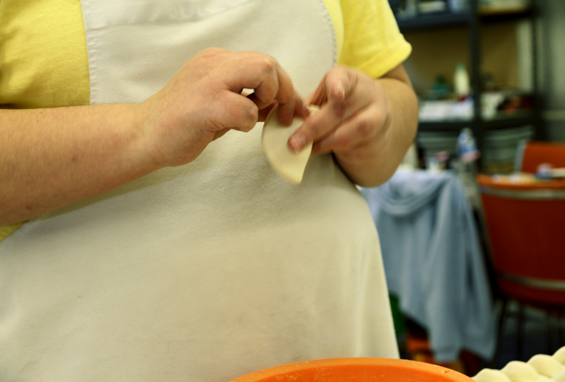
Before heading back to the very sort of cold these foods were designed for (-30), I met with the Ukrainian women who’d made everything I’d just devoured by hand. Oh the delicate pinching of the perogy! Watching them work, I was reminded of Kiarra Albina, and The Pinch, the short 3D animation film she made with the NFB’s Hothouse program last spring, which she described in an interview as a “gentle folk art portrait of the long-distance relationship between myself and my Baba (“Grandmother” in Ukrainian) about connecting with our histories by performing traditional skills such as making perogies.”
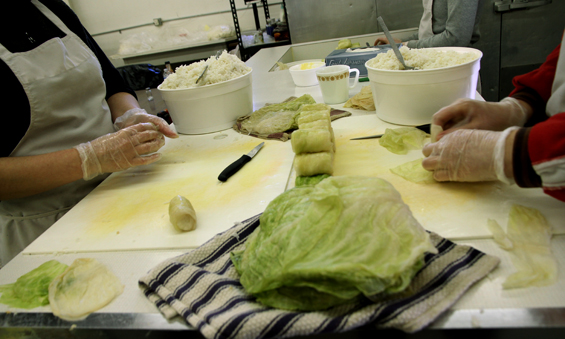
That evening, the meeting was held at the Mendell Art Gallery. And whoa! Like a woman told me after the event, filling out her survey card, “looks like everybody and their filmmaker friend decided to come out tonight!”
The first person to speak, after Tom’s presentation, was a woman who said she had come to Canada from Finland in the 1960s. As a community organizer in Toronto, she said she used to bring people to see films at the downtown office, a self-appointed “missionary for the NFB”. She said she felt like the NFB was like a “buried treasure”, something that should be “out there more.” “NFB shorts should be shown before features, and on CBC television,” she said. “The treasures are there,” she said, “but they haven’t come to the people.”
Near her, a man who’d been in Saskatoon for 40 years – “the longest I’ve lived anywhere, which makes it home,” he said – praised the NFB for its interest in voicing the stories of newcomers. “With immigration, the question often is what have you run away from,” he said. “In Saskatoon, the question often is what are you running to, he said, adding that Saskatoon was a true land of opportunity, a place where people are mightily hospitable to people who have lost everything. He mentioned the absence of “pockets of ethnicity” in the city, suggesting that if you wanted to see a “new Canada” rising, you might do well in looking at Saskatoon. The audience applauded.
A man, who argued that Saskatoon was “more cosmopolitan than Toronto,” given the fact its residents worked all over the world (“Namibia, Kazakhstan, everywhere”), said that the NFB’s role, as he perceived it, was greatest than just “telling stories.” “We need the NFB to build Canadian identity, to build a public sphere in which these stories can be shared,” he said. Quoting German philosopher Jürgen Habermas, he said we needed the NFB to help delineate that public space where a Canadian discourse can emerge and ideals be shared.
Later on, a woman who said she’d been a public school teacher for 31 years said she remembered picking up 16 mm films from the library, next to the Bessborough. All thoses years later, the NFB was still a tool she used in her classroom. She said that recently, a grade 9 student had asked her about the existence of “glass ceilings”. Was it true that such a thing existed, and that women were somehow preventing from making the same money or gaining the same prominence as men? “I pulled out the NFB’s The Glass Ceiling,” she said, “and that was just enough for us to have a dialogue about that.”
“It must be so exciting being 14 in 2010!” she continued, eyes a-sparkle, adding the revolution had to be started in our classrooms. “All I would like is for them to understand and remember how long the road was [for Saskatchewan], how hard, and how expensive,” she said solemnly. “So that we don’t sell cheaply.”

Raising to speak, a nearby gentlemen who said he’d come to Canada in the 1970s deplored our nation’s silence on important issues. “We have become quiet,” he said. The way he saw it, Saskatchewan, and by the same token, all of Canada, faced 2 “huge problems”. The first was the environmental crisis; the second was inequality, or the widening gap between the rich and the poor.
“When I moved to this country, we were in the process of closing that gap. Well, no longer,” he said. “Why are we not having a revolution?” The art gallery erupted in cheers and applause and for a short minute, everything, once again, seemed possible.
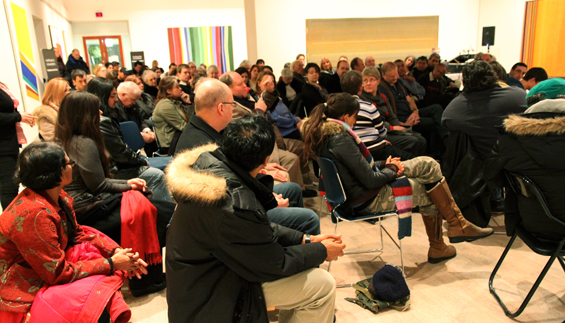
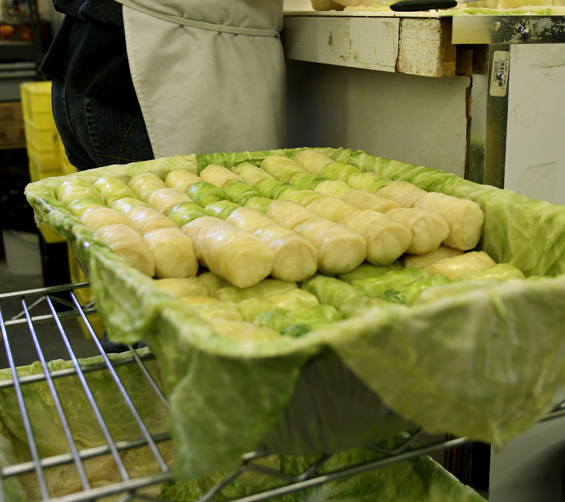

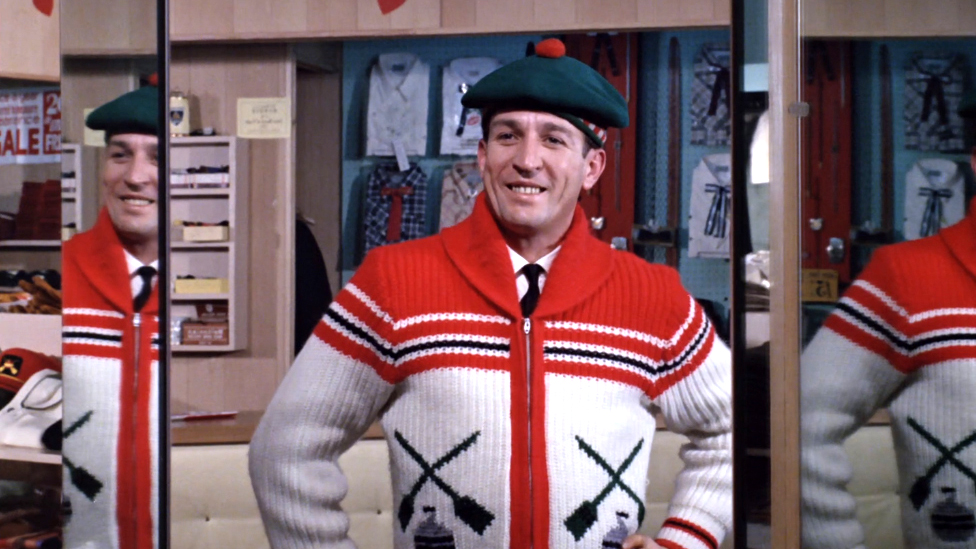

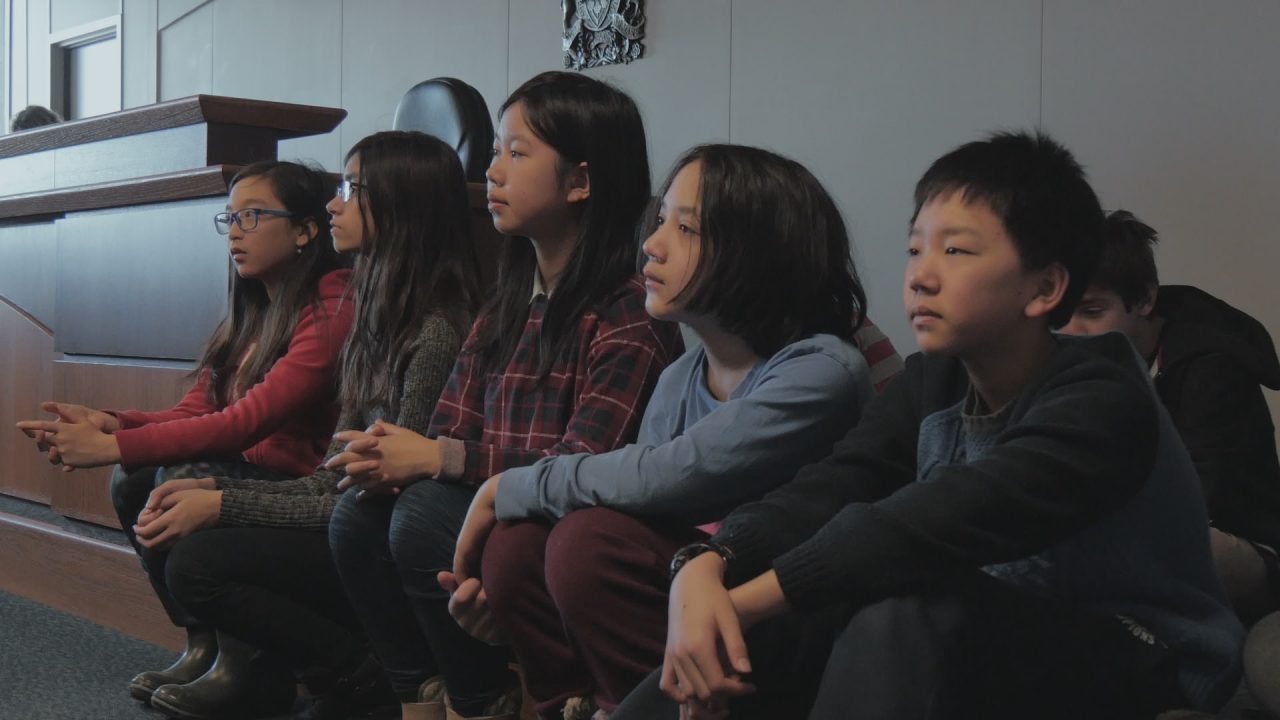
““When I moved to this country, we were in the process of closing that gap. Well, no longer,” he said. “Why are we not having a revolution?””
Indeed, that seems like one possible destabilizing factor in Canada’s future — that the poor and shrinking middle classes will put their foot down over multi billion dollar bank profits while billions are cut in social services.